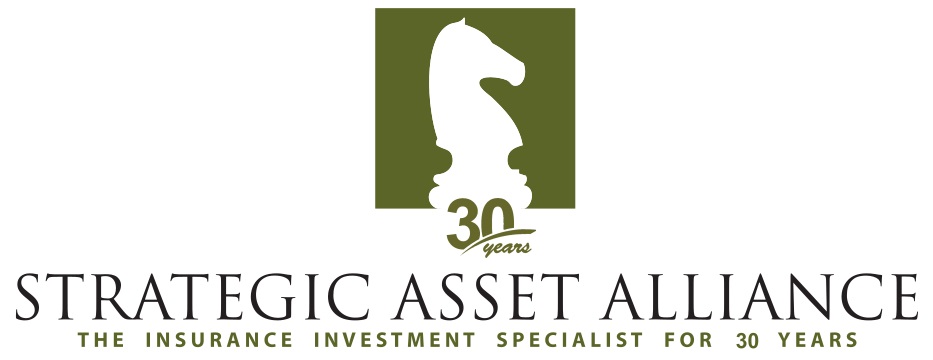 March 17-18, 2021
March 17-18, 2021
Virtual Conference
Learn More / Register >>
Leveraged Credit Market Update
We spoke with Eaton Vance Management to discuss the leveraged credit market and how it is being affected by impacts related to COVID-19.
Lou Membrino, CFA Director of Institutional Relationship Management Eaton Vance Management | www.eatonvance.com LMembrino@EatonVance.Com
SAA: How has the leveraged credit market been impacted by COVID-19?
Eaton Vance: It has become slightly more leveraged, and more volatile. If you think of the leverage metric used by companies in the high- yield bond and floating-rate loan universe, it is a simple calculation of the amount of debt they have on their balance sheets divided by the earnings they generate. If the debt has gone up, which it has in some parts of the market, or earnings have gone down, which has been the case in most parts of the market, then leverage metrics increase. So the risk inherent in our market has edged up in the midst of this pandemic. As a result, the leveraged credit markets yield a lot more than they did before the pandemic took hold. With the sell-off that started in late February 2020, credit spreads and yields blew out, peaking in late March. They have rallied significantly since then, but they are still comfortably wider from a credit spread perspective and higher from a yield perspective than they were four months ago.
SAA: What returns should investors expect from this market?
Eaton Vance: That is the million-dollar question. If you look at index levels across high-yield bonds and floating-rate loans, we believe returns will be somewhere in the 4% to 6% per annum range on a five-year view, depending on how the default environment plays out. As active managers, we have faith in our ability to minimize losses and to avoid the worst performing companies in the market. So, perhaps the market can deliver a 4% to 6% return, but a solid active manager can perhaps deliver a 5% to 7% return. I would say that the expectations of these longer-term return numbers are that they will not come in a straight line of, say, 5%, 6%, 7% per annum over the next three years. You are going to have bouts of volatility or excess positive returns among that, but with a long enough time horizon, those returns are extractable from the current market.
SAA: What areas of the leveraged credit market are you currently looking at?
Eaton Vance: Across our leveraged credit strategies, we have a broad global remit. We typically look anywhere that we can find positive returns, both on an absolute and risk-adjusted basis. Sectors that have been in the eye of the storm from a COVID-19 perspective offer some great potential for long-term investors. Certain companies in the restaurant and leisure industries are businesses we think of as having long-term staying power but face short-term challenges. They have had to come to market and issue debt on attractive terms that could be seen as short-term bridge finance to get them through the worst of this situation.
Fallen angels are another opportunity. In the high-yield bond market, we have particularly seen a large slew of downgrades in the US and Europe. Typically, these companies will be working hard to improve their credit metrics and get back up to investment grade, which will be beneficial for their balance sheets in the long term. We are picking and choosing the companies that have been downgraded that we feel will get back up to investment grade. The third sector, which might be counter consensus, is energy. In April, oil prices fell into negative territory for the first time and energy bonds have seen their prices fall vociferously and are extremely volatile. There will, in our view, be more destruction and defaults in that sector, but for companies that don’t default and have the ability to withstand oil prices being lower for longer, their returns will be quite exceptional when prices return to the top of the market.
SAA: Given expected increased default rates due to COVID-19, how is this being priced into the loan market?
Eaton Vance: While the loan market’s strong rebound has been welcomed by investors, the flipside of today’s sharply higher prices is lower capital appreciation potential looking ahead. This fact notwithstanding, asset class levels continue to signal value. Judged against the vast majority of the asset class’s experience, loan prices enter the third quarter at levels on the cheaper side of history. There is room for loans to firm further, and our view is that ultimately, prices will again grind their way to a fair value in the mid-$90s. By contrast, today’s pricing around $90 implies more than a 30% cumulative default rate, assuming a typical 70% recovery level. Not only would defaults at these levels be more than two times those of the financial crisis, they are many multiples higher than current measures of market distress as well as manager expectations, including our own. To be sure, levels of market stress have declined significantly, with the percentage of loans trading below $80 falling to approximately 8%, down from 25% at the end of March. Similarly, loans trading below $70 – those deemed in deep distress – represented just 4% of the market, down from 11% in March.
Source: Strategic Asset Alliance, Eaton Vance Management. The information contained herein has been obtained from sources believed to be reliable, but the accuracy of information cannot be guaranteed.
